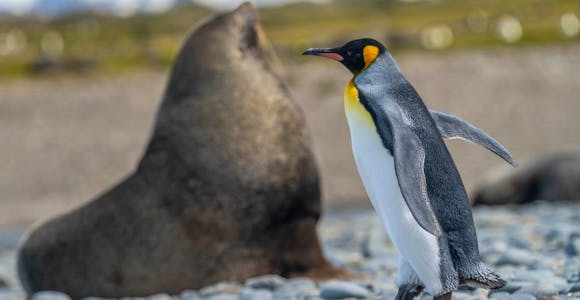
Salisbury Plain
With its amphitheatre-like mountains and large numbers of king penguins and elephant and fur seals, Salisbury Plain is as truly jaw-dropping as South Georgia gets.
Discover MoreSpecial Offers Available: Swoop has access to the widest range of offers and can help you find the right trip, cabin, & price.
Expert impartial advice at no extra cost: no-nonsense advice on 1500 voyages across 30 ships
The Antarctic Experts. No Compromises: there’s no question we can’t answer
The only B Corp certified Antarctic specialist: so your adventures can be a force for good
A full concierge service, unlike booking direct: we leave nothing to chance in delivering your perfect trip
Special Offers Available: Swoop has access to the widest range of offers and can help you find the right trip, cabin, & price.
Expert impartial advice at no extra cost: no-nonsense advice on 1500 voyages across 30 ships
The Antarctic Experts. No Compromises: there’s no question we can’t answer
The only B Corp certified Antarctic specialist: so your adventures can be a force for good
A full concierge service, unlike booking direct: we leave nothing to chance in delivering your perfect trip

This group of six rocky islets emerging from the sea like shark's teeth lie 150 miles (240km) west of South Georgia, and is the first land of any sort to be seen after crossing the Antarctic Convergence when sailing from the Falkland Islands. The rich seas around the rocks make this a good location for whale sightings, as well as the thousands of seabirds that live around them.

Ship cruising at Shag Rocks
Shag Rocks consists of six rocky islets rising sharply from the Southern Ocean. They are the westernmost outpost of the British Overseas Territory of South Georgia and the South Sandwich Islands, and when spotted on the second day of the voyage from the Falkland Islands, an important waypoint that lets you know that you're getting close to South Georgia. It is likely that they were first spotted in 1762 by Joseph de Llana in the Aurora, but they were definitively put on the map by the American sealer James Sheffield in 1819/20 during his voyage to the South Shetland Islands.
The jagged rocks are the tip of an ancient seamount on the undersea Scotia Ridge and are made of metamorphic green schist around 150 million years old, making them considerably older than the mainland of South Georgia. Their white hue today is derived from the guano of the thousands of imperial cormorants (also known as blue-eyed shags) that nest on its cliffs.
Upwellings and currents around the rocks make the seas here rich in krill, toothfish and icefish, which make this a particularly lively feeding spot for seabirds and whales. It is also an important fishery: Shag Rocks lies within South Georgia's Marine Protected Area and fish and krill stocks are tightly monitored.

Imperial cormorant in flight
The dominant species spotted around Shag Rocks is the imperial cormorant (blue-eyed shag), which give the rocks their name. They are the only species that nest on the rocks, but the area attracts large numbers of petrels and prions. In the sea, it's not uncommon to see rafts of penguins (mostly usually gentoos) around the rocks – an amazing demonstration of just how far from land these birds will range for food.
The nutrient-rich waters are also very attractive to whales. If you visit later in the austral summer, there is a reasonable chance of seeing humpback and fin whales in the area; on several occasions since 2020 super-aggregations of more than 100 feeding humpbacks have been seen here, though you would have to be very lucky to encounter one.
Special Offers:Swoop has access to the widest range of offers and can help you find the right trip, cabin, & price.
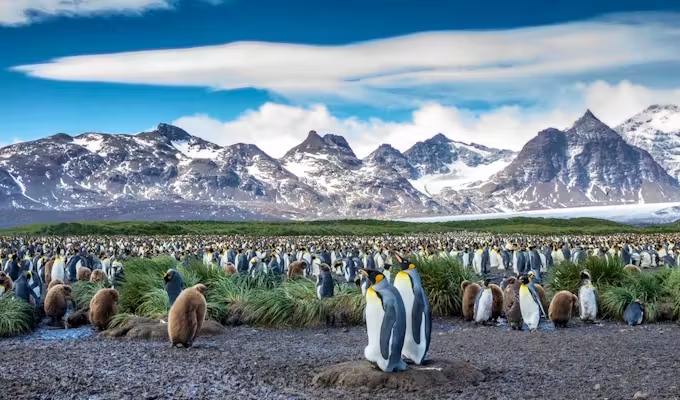
4.9 out of 5
Voyage south in Shackleton’s footsteps, exploring the Southern Ocean's highlights as part of this expansive 20-day adventure. A well-balanced itinerary gives plenty of time in each jaw-dropping location. Explore from the comfort of your sleek purpose-built expedition ship, accompanied by…
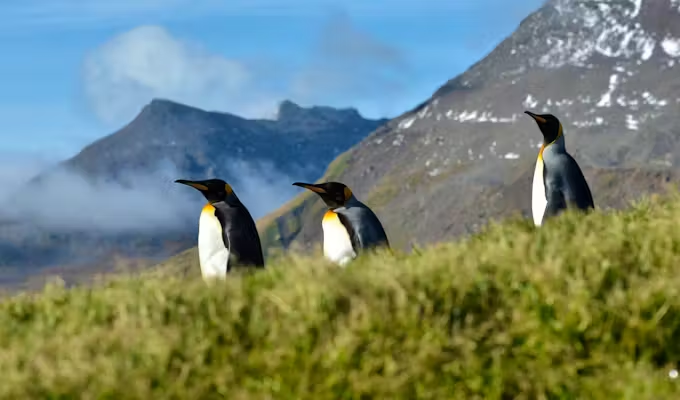
4.6 out of 5
This unique express trip saves time by flying to Antarctica, cutting out 2 sailing days and skipping the Falklands. Maximising your time amid the spectacular wildlife and scenery of Antarctica and South Georgia is the focus of this voyage. The…
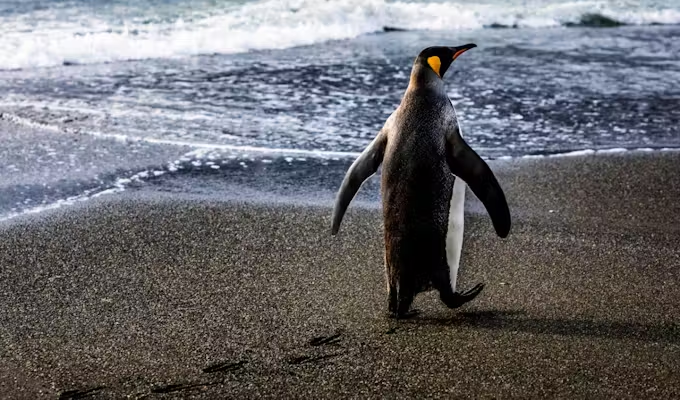
4.6 out of 5
This voyage takes in the wildlife-rich wonders of South Georgia and the Falklands, as well as the dramatic landscapes of the Antarctic Peninsula. You’ll travel on board one of the most exciting new polar ships with spacious cabins, state-of-the-art technology…
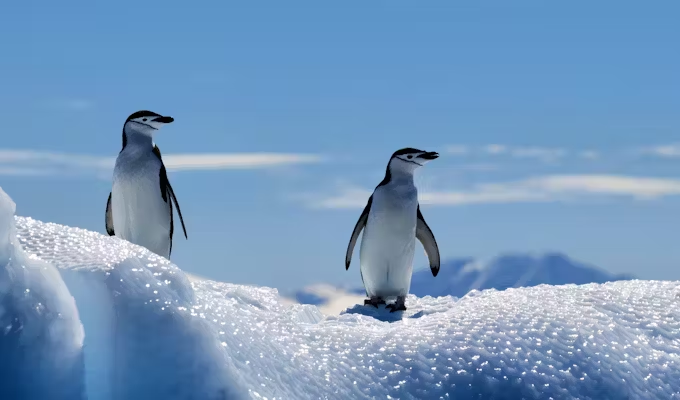
4.6 out of 5
With a good choice of departure dates through the season across three medium-sized ships, this 19-22 day trip stands out for its value for money and the broad range of cabin categories available, including Quads, which are…
Ship cruises are the order of the day at Shag Rocks, where the open ocean makes even zodiac cruising a dangerous prospect. There's not a scrap of flat land to be had – the first 'landing' was made here in 1956 when an Argentinian geologist was lowered by helicopter to take samples.
If you're lucky enough to see whales here, the ship's captain may stop the vessel for a viewing, but otherwise sighting the rocks is enough to know that South Georgia is on the horizon – you won't want to slow down too much!

With its amphitheatre-like mountains and large numbers of king penguins and elephant and fur seals, Salisbury Plain is as truly jaw-dropping as South Georgia gets.
Discover More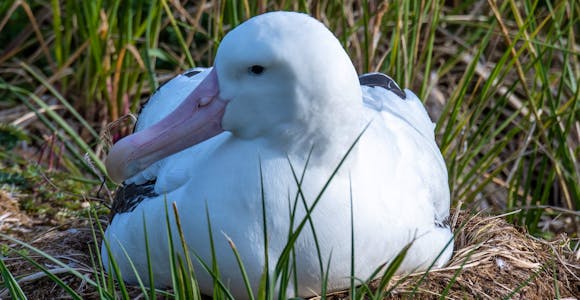
Prion Island is the only place on South Georgia where at certain times of the year you can observe wandering albatrosses on their nests.
Discover More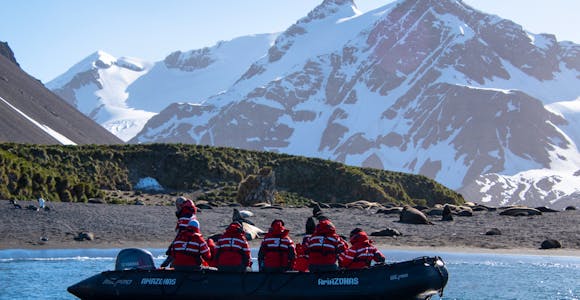
Right Whale Bay is home to a large king penguin colony that stretches up the hill from the beach, and immense numbers of fur seals.
Discover More
This landing site is a good place for king penguins, elephant seals and fur seals and has a sheltered lagoon that's perfect for kayaking.
Discover MoreWe'll spend some time listening to your aspirations, then discuss the kind of experience that might suit you.
Next we'll discuss the options, shortlist the best trips for you and present you our impartial recommendations.
We'll place a 24 hour hold on your preferred option - without obligation - whilst we talk through the details.
With over 100 years of South Georgia experience between us, we can help you to exactly the right trip for you.
1-888-970-4570This website uses cookies to ensure you get the best experience on our website. Privacy policy